If a portion of a strand of DNA bases reads 3’TCGATCGCA 5’, what would the sequence of bases on the complementary strand read?
A. 5’AGCTAGCGT 3’
B. 3’ TCGUTCGCU 5’
C. 3’ AGCTAGCGT 5’
D. 5’ GGUTACTAC 3’
For those aiming to excel in their ATI TEAS test and secure admission into their desired nursing program, ExamGates offers an invaluable resource. Our platform features practice questions meticulously crafted by tutors who have previously aced the exam themselves. With ExamGates, you can access content that is 100% relevant to the test, accompanied by vivid images and illustrations. Additionally, our platform provides comprehensive explanations for both correct and incorrect answers, empowering you to fully grasp the material and optimize your study efforts. Take the first step towards your nursing aspirations with ExamGates today.
The sequence of bases on the complementary strand of DNA would read 5’AGCTAGCGT 3’ (Choice A). In DNA, the nitrogenous bases adenine (A) and thymine (T) pair together, and cytosine (C) and guanine (G) pair together. The complementary strand is also antiparallel to the original strand, meaning that it runs in the opposite direction with the 5' end matching up with the 3' end of the original strand.
The other options do not accurately represent the complementary sequence of bases or the antiparallel orientation of the strands.
BONUS:

Therefore, the Correct Answer is A.
More Questions on TEAS 7 Science Exam 3
Question 1:
Which of the following is the process in which an ovarian follicle matures and releases a reproductive egg?
A. Oogenesis
B. Menstruation
C. Ovulation
D. Fertilization
The Correct Answer is C.Ovulation is the process in which an ovarian follicle matures and releases a reproductive egg. During ovulation, the egg is released from the ovary and travels down the fallopian tube where it may be fertilized by sperm.
The other options are not processes in which an ovarian follicle matures and releases a reproductive egg. Oogenesis is the process of egg cell formation, menstruation is the shedding of the uterine lining, and fertilization is the fusion of an egg and sperm to form a zygote.
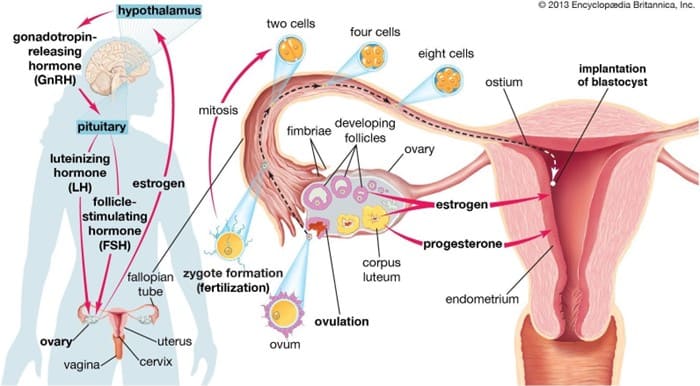
Question 2:
Which of the following is a protein present in blood plasma?
A. Monocytes
B. Platelets
C. Fibrinogen
D. Lymphocytes
The Correct Answer is C.The correct answer is c. Fibrinogen. Fibrinogen is a protein present in blood plasma that plays a key role in blood clotting. When an injury occurs and bleeding begins, fibrinogen is converted into fibrin, which forms a mesh-like structure that helps to trap blood cells and form a clot.
A. Monocytes are a type of white blood cell, not a protein present in blood plasma.
B. Platelets are cell fragments that play a role in blood clotting, but they are not a protein present in blood plasma.
D. Lymphocytes are a type of white blood cell, not a protein present in blood plasma.

Question 3:
Both digestion and absorption happen in which of the following parts of the digestive system?
A. Gallbladder
B. Esophagus
C. Stomach
D. Small intestine
The Correct Answer is D.Both digestion and absorption happen in the small intestine ¹. Digestion is the process by which food is broken down into small molecules that the body can absorb and use for energy, growth, and repair ¹. The final products of digestion are absorbed from the digestive tract, primarily in the small intestine ¹.
The other options are not correct because they do not accurately describe where both digestion and absorption happen in the digestive system. The gallbladder stores bile produced by the liver, but does not play a direct role in digestion or absorption. The esophagus transports food from the mouth to the stomach, but does not play a direct role in digestion or absorption. The stomach plays a role in digestion by churning food and mixing it with gastric juices, but most absorption occurs in the small intestine.

Question 4:
Which of the following properties does soap, an emulsifier, have that make it useful for washing dirt off one’s hands with water?
A. Soap’s dual polar and nonpolar nature helps bond oil and water
B. Soap’s acidity causes grime to precipitate into the water
C. Soap’s enzymatic action helps to dissolve grime into small particles
D. Soap’s rough texture physically scours grime off surfaces
The Correct Answer is A.The correct answer is a. Soap’s dual polar and nonpolar nature helps bond oil and water. Soap is an emulsifier, which means that it has both polar and nonpolar regions. The polar regions of soap molecules are atracted to water, while the nonpolar regions are atracted to oil and grease. This allows soap to bond with both water and oil, helping to remove dirt and grime from surfaces.
B. Soap’s acidity does not cause grime to precipitate into the water.
C. Soap does not have enzymatic action that helps to dissolve grime into small particles.
D. Soap’s texture does not physically scour grime off surfaces.
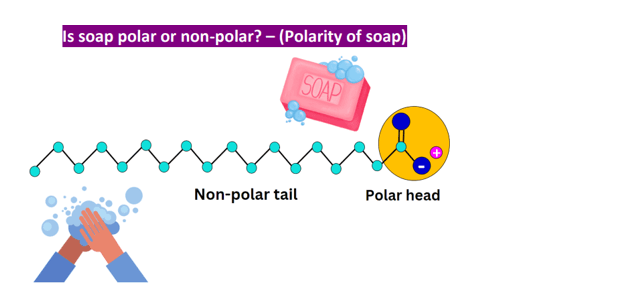
Question 5:
If a mother's____________ cell contains mutated DNA, this mutation can be passed to her offspring. Which of the following options correctly completes the sentence above?
A. somatic
B. white blood
C. germ.
D. Stem
The Correct Answer is C.The correct answer is c. germ. If a mother's germ cell contains mutated DNA, this mutation can be passed to her offspring. Germ cells are the reproductive cells (eggs in females and sperm in males) that carry genetic information from one generation to the next.
a. Somatic cells are all the other cells in the body that are not germ cells. Mutations in somatic cells are not passed on to offspring.
b.White blood cells are a type of somatic cell that plays a role in the immune system.
d. Stem cells are undifferentiated cells that have the ability to develop into different types of cells in the
body.

Question 6:
Which of the following is a function of bone?
A. Storage of minerals
B. Detoxification of alcohol
C. Secretion of hormones
D. Production of otoliths
The Correct Answer is A.The correct answer is a. Storage of minerals. Bones serve as a storage site for minerals such as calcium and phosphorus. These minerals are essential for various bodily functions and can be released from the bones into the bloodstream when needed.
b. Detoxification of alcohol is not a function of bone. This process occurs primarily in the liver.
c. Secretion of hormones is not a function of bone. Hormones are produced and secreted by glands such as the pituitary gland, thyroid gland, and adrenal glands.
d. Production of otoliths is not a function of bone. Otoliths are small calcium carbonate structures found in the inner ear of fish and other vertebrates that help with balance and hearing.
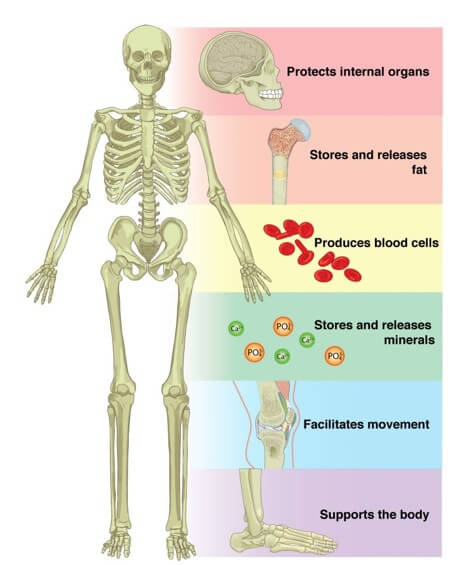
Question 7:
Which of the following actions allows for repolarization of a neuron?
A. The inhibition of sodium and potassium pumps, stopping all ion movement into the neuron
B. The opening of sodium channels, allowing sodium to enter the neuron
C. The closing of both sodium and potassium channels to restrict movement of ions into and out of the neuron
D. The opening of potassium channels allowing potassium to leave the neuron
The Correct Answer is D.D. The opening of potassium channels allowing potassium to leave the neuron
The correct answer is d. The opening of potassium channels allowing potassium to leave the neuron. Repolarization of a neuron occurs after an action potential, when the neuron's membrane potential returns to its resting state. This is achieved by the opening of potassium channels, which allows potassium ions to flow out of the neuron. This movement of positively charged ions out of the neuron helps to restore the negative membrane potential.
A. The inhibition of sodium and potassium pumps would not allow for repolarization because these pumps are necessary for maintaining the resting membrane potential.
B. The opening of sodium channels would cause depolarization, not repolarization.
C. The closing of both sodium and potassium channels would restrict ion movement, but it would not allow for repolarization.
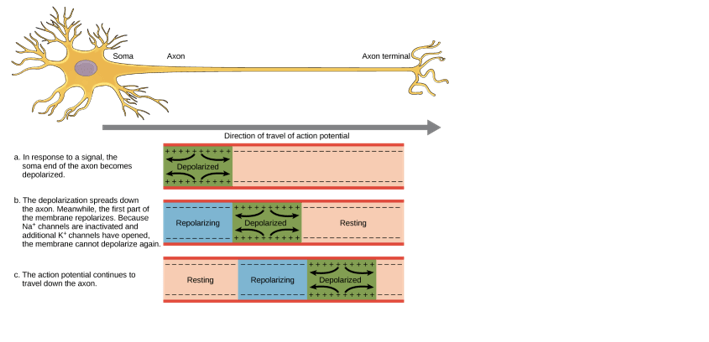
Question 8:
A patient goes to the doctor with a cold and sore throat and asks for antibiotics. The doctor refuses to prescribe antibiotics to the patient because the illness is caused by which of the following pathogens?
A. Fungus
B. Virus
C. Protist
D. Bacteria
The Correct Answer is B.The doctor refuses to prescribe antibiotics to the patient because the illness is caused by a virus. The common cold is a viral infection of the upper respiratory tract. Antibiotics are not effective against viral infections and are only used to treat bacterial infections.
The other options are not correct because they do not accurately describe the cause of the common cold and sore throat. Fungus, protist, and bacteria are not the pathogens responsible for causing the common cold.
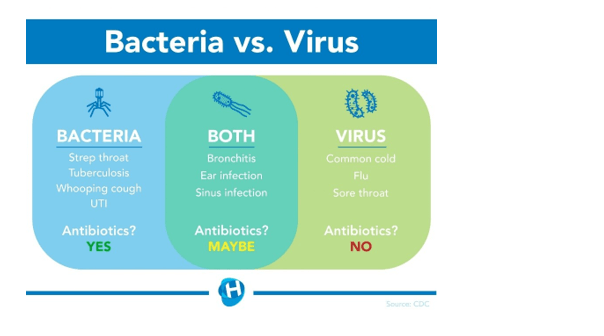
Question 9:
A study found two processes, Process A and Process B, to be correlated. Which of the following is true for these processes?
A. The study indicates that Process A causes Process B.
B. The study cannot indicate whether Process A and B have a positive relationship.
C. The study does not indicate a causal relationship between the processes.
D. The study cannot indicate whether Process A and B have a negative relationship.
The Correct Answer is C.The correct answer is c.
The study does not indicate a causal relationship between the processes. A correlation between two processes means that there is a statistical relationship between them, but it does not necessarily imply causation. In other words, just because two processes are correlated does not mean that one causes the other.
b.The study does not indicate that Process A causes Process B.
b.The study can indicate whether Process A and B have a positive relationship if the correlation is positive.
d. The study can indicate whether Process A and B have a negative relationship if the correlation is negative.
Question 10:
If a portion of a strand of DNA bases reads 3’TCGATCGCA 5’, what would the sequence of bases on the complementary strand read?
A. 5’AGCTAGCGT 3’
B. 3’ TCGUTCGCU 5’
C. 3’ AGCTAGCGT 5’
D. 5’ GGUTACTAC 3’
The Correct Answer is A.The sequence of bases on the complementary strand of DNA would read 5’AGCTAGCGT 3’ (Choice A). In DNA, the nitrogenous bases adenine (A) and thymine (T) pair together, and cytosine (C) and guanine (G) pair together. The complementary strand is also antiparallel to the original strand, meaning that it runs in the opposite direction with the 5' end matching up with the 3' end of the original strand.
The other options do not accurately represent the complementary sequence of bases or the antiparallel orientation of the strands.
BONUS:
